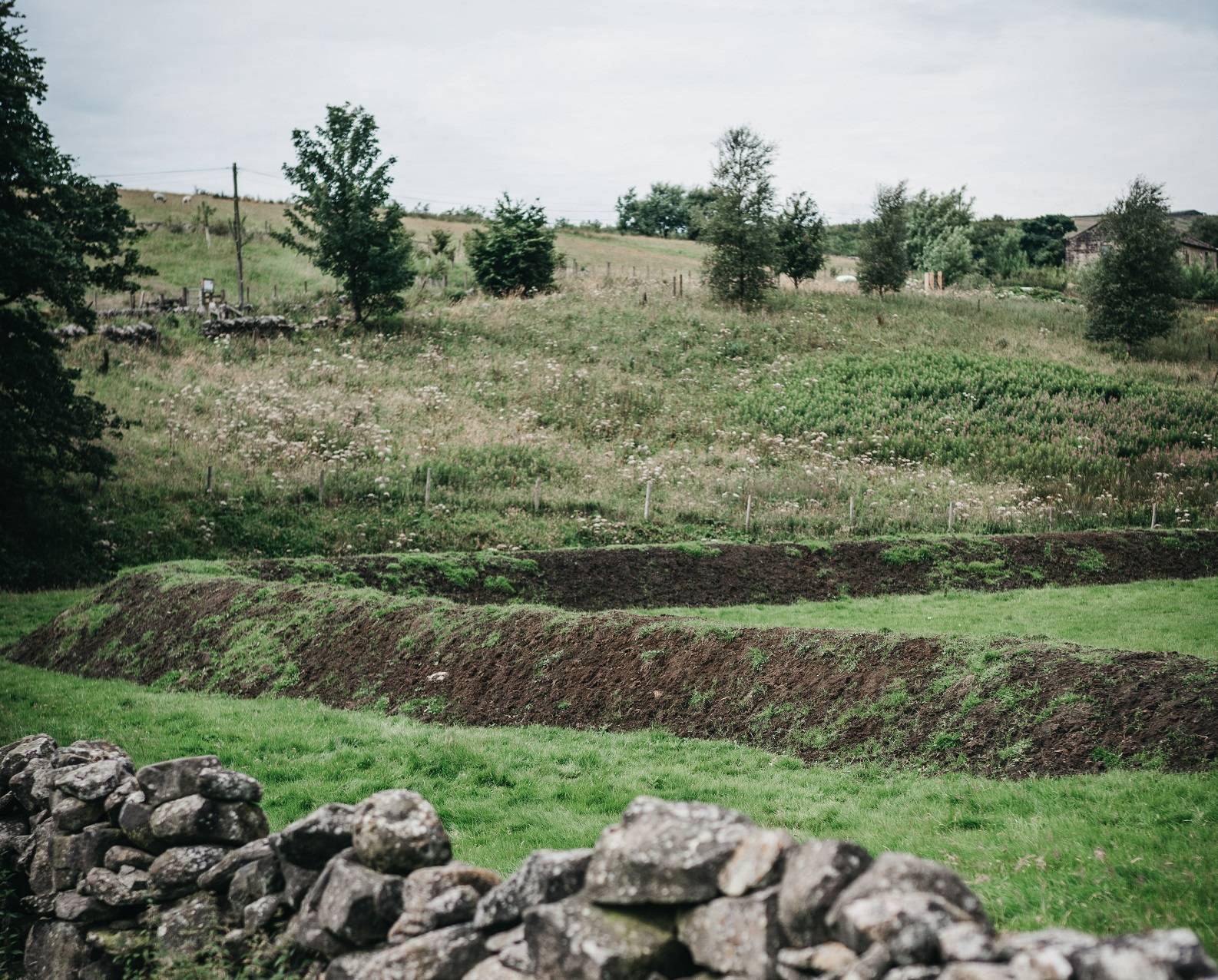
As the focus of discussions at COP26 over the weekend turned to nature and sustainable land use, Calderdale Council is highlighting the importance of Natural Flood Management (NFM) to tackle flood risk in the borough.
One of the key themes at COP26, the UN’s annual Climate Change Conference underway in Glasgow, is the importance of nature and sustainable land use as part of global action on climate change.
Climate change projections indicate that global total rainfall will continue to increase, along with the frequency of extreme storms – the risks of which are something that people in Calderdale know all too well.
Natural Flood Management takes inspiration from nature to slow down water flowing downhill and therefore reduce flood risk. It’s being used as a key tool to tackle flooding in Calderdale, as part of a range of nature-based solutions to mitigate the potential impacts of climate change.
NFM techniques used include leaky dams (natural materials such as wood or stone strategically placed to delay water travelling down a gully or stream) and attenuation basins (dry ponds that fill up with water in times of high rainfall and release the water slowly). These techniques blend into the landscape and can offer a multitude of other ecological benefits.
Many tree-planting projects are also in development, with the aim to create new woodlands, as well as works to tackle invasive species. Tree planting is also critical because of the ability to capture carbon and drawdown emissions from the atmosphere.
Moorland restoration is an important aspect of NFM allowing water to be retained in the upper catchment. Calderdale Council has been undertaking NFM works upon Norland Moor and have recently employed an officer to lead on a new project growing sphagnum moss, which acts as a sponge, which will be used to restore degraded moorland.
NFM can also be very cheap to implement compared to hard engineering options. Calderdale Council and the Environment Agency continue to work with local groups to identify and implement further NFM techniques in the borough. Volunteer action group Slow the Flow have created over 600 leaky dams in the Hardcastle Crags area with just hard work and determination, and Treesponsibility have planted thousands of trees and hedges throughout Calderdale, contributing to flood mitigation.
Landowners can also play an important role in NFM. Recently, landowners around Todmorden have had the opportunity to apply for grants to implement NFM upon their land. Up to ten new projects will be funded, bringing new attenuation basins, leaky dams and more to this area.
A new interactive map has been developed by the Environment Agency to present completed and ongoing NFM projects across Calderdale. This website is a virtual guide through the valley, detailing the types of interventions, and featuring photographs and other information. Find this map and more information about NFM, at Eye On Calderdale – Natural Flood Management in Calderdale(external link)
Calderdale Council’s Cabinet Member for Climate Change and Resilience, Cllr Scott Patient, said:
“One of the key aims of COP26 is to ensure that globally we can adapt to protect communities from the effects of climate change and protect natural habitats. This requires global investment and collaboration, and nature-based solutions can play a key role.
“At a local level, the benefits of Natural Flood Management cannot be underestimated. The steep-sided valleys of the Upper Calder area make our borough so distinctive, but they also make it more susceptible to flooding, as water quickly runs down to the valley bottom, overwhelming watercourses and drainage. NFM techniques are used to slow the water down, so it’s released more gradually, reducing the extreme peaks we’ve seen in previous flood events.
“In Calderdale we’re continuing to use and encourage NFM programmes alongside wider measures, to reduce the very real risk of increased flood events in the borough. I’m proud of what we’ve already achieved but with the help of our talented and committed groups and volunteers we can continue to introduce further NFM to prevent flood occurrences and mitigate the impacts of climate change”
ENDS
